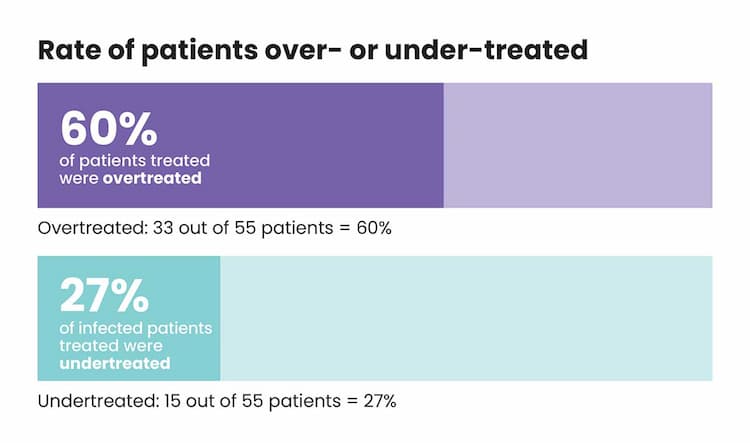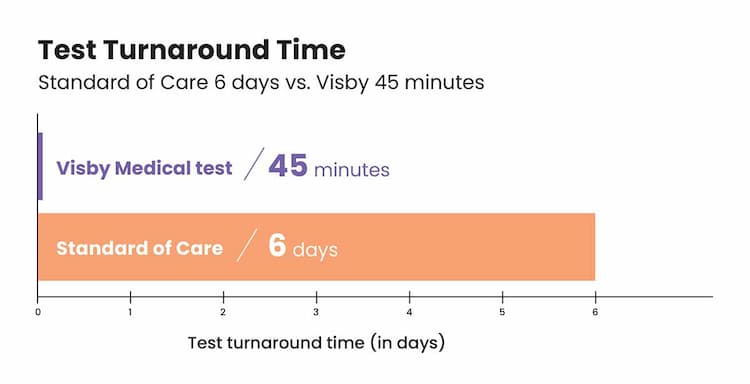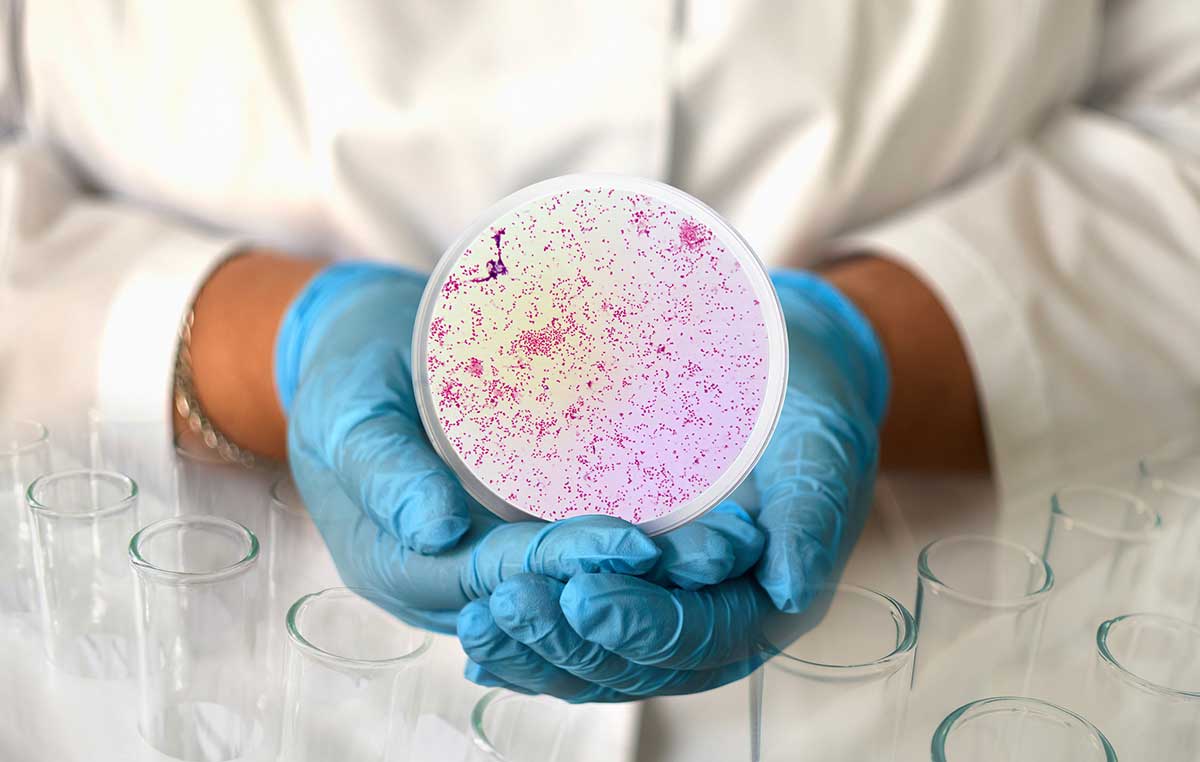Challenge
Accurate same-day sexually transmitted infections (STI) diagnostic test results are generally unavailable, leading to syndromic management with high rates of over- and under-treatment, which contributes to antibiotic resistance.
Hypothesis: Might a rapid molecular diagnostic test help clinicians deliver the right treatment to women with STI during a single visit?
Action
Conduct a cross-sectional single-visit study to evaluate the Visby Medical Sexual Health Click Test with respect to:
- Ease of integration into clinical practice,
- Acceptance by patients and clinic personnel, and
- Potential to inform correct treatment decisions.
Result
- If integrated efficiently into the clinical workflow, the test would have minimal impact on staff time and visit duration for patients.
- Patients strongly agreed that self-collecting the vaginal swab was easy, and they were comfortable waiting up to 30-minutes to get results. Operators reported the device was easy to use. Clinicians valued the rapid results.
- Importantly, in 13 of 15 undertreated cases, the Visby Medical test correctly identified the causative pathogen. The test also correctly identified all 33 incidences of over-treatment. This suggests that clinical adoption of the Visby Medical test into primary care clinics could reduce over- and under-treatment of STIs, contributing to improved antimicrobial stewardship.
In addition, the following were observed:
- Reduced test turnaround time (TAT) from an average of 6 days for Standard of Care (SOC) down to ± 45 minutes for Visby Medical Sexual Health Click test
- Potential to reduce antibiotic overuse and associated effects on emerging antibiotic-resistant bacteria
- Potential to reduce delays in correctly identifying infected individuals by delivering test results in a single visit
- Improved physician and patient satisfaction
Conclusion
The biggest potential benefit of using a point of care molecular / polymerase chain reaction (PCR) test was the rapid turnaround time for delivery of the test results in a single visit. This would allow clinicians to treat patients based on the test results as opposed to empiric (presumptive) treatment, thereby reducing over- and under- treatment and reduced misuse of antibiotics.
Rate of patients over- or under-treated

Test TAT

See the full article here.

